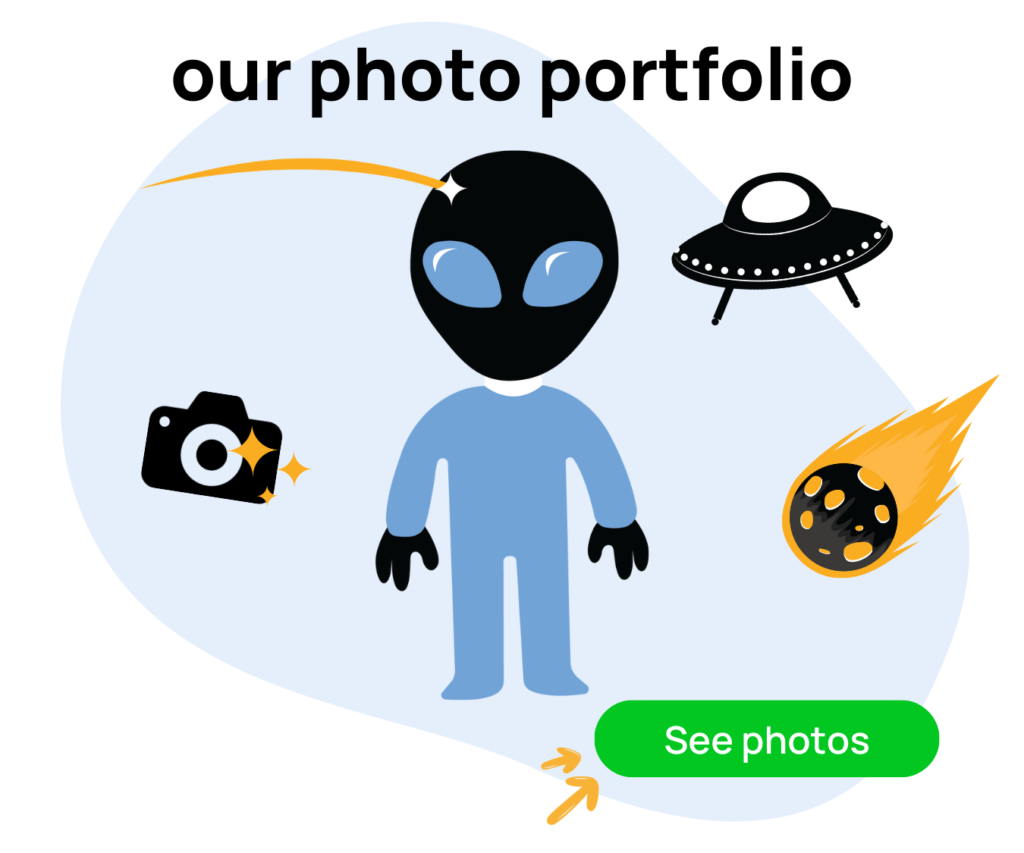Finding that next hot product to sell on Amazon is the holy grail for third-party sellers. But with millions of products already listed on the world’s largest marketplace, simply stumbling upon untapped opportunities is unlikely. What separates the incredibly successful sellers on Amazon from the rest is that they master advanced product research.
In this blog, we will provide you with a strategic roadmap containing the exact step-by-step process that experts use to consistently identify winning products. Whether you are just starting or looking to take your Amazon business to the next level, leverage these proven product research frameworks to unlock real profit potential. With the right approach, you can gain an analytical edge over your competition and establish a steady flow of thriving product opportunities in 2024 and beyond. So buckle up and prepare to dive into the world of advanced Amazon product research!
How To Master Product Research on Amazon

When it comes to selling on Amazon, one of the keys to success is finding the right products to offer. Let’s break down step by step on how to master product research:
Start with a Solid Foundation
Before diving into product research, clearly define your goals and target customer profile. Ask yourself key questions like – what problem am I trying to solve? What value will my products provide? Who needs this solution and why? Hence, having this foundational understanding will help guide effective product decisions.
Evaluate Amazon Best Sellers
Studying Amazon’s Best Sellers charts offers valuable marketplace insights. Analyze top-ranked products in your niche to identify common themes around price points, features, branding, reviews, and more. This data can help you strategically position new product offerings. Moreover, pay attention to seasonal spikes or special editions that perform well.
Leverage Amazon’s Search Data
Amazon’s search bar reveals buyer intent through suggested searches. Therefore, look for gaps between high search volume keywords and available products. Research related keywords around potential product names or features using Amazon’s Keyword Tool. This can also build a targeted launch strategy.
Discover Opportunities in Product Categories
Browse through relevant Amazon categories and dig deeper into subcategories that interest you. Identify thriving niches that lack serious competition or have obvious gaps begging to be filled. In addition, use category best-seller lists to spot proven concepts that can be expanded upon.
Learn from Customer Reviews
Read detailed reviews for today’s top sellers and determine ways to improve upon current product designs. Pay attention to consistently mentioned flaws or limitations. Note value-adding features that customers love to inspire differentiation. Furthermore, translate feedback into product ideas that delight customers at attractive price points.
Analyze the Competitive Landscape
Research established brands selling popular products in your target category. Break down their product listings, pricing models, customer feedback, and brand messaging. Additionally, determine weak spots or opportunities to disrupt the status quo. Use these insights in order to craft distinctive and cost-effective product offerings.
Harness Amazon’s Arsenal of Tools
Amazon offers an array of free tools to evaluate opportunities, including Seller App, Product Research Tool, Brand Analytics, and more. So, use data around monthly sales estimates, review volumes, relevant keywords, and search traffic to identify winners and combine tools for a deeper perspective.
Stay on Top of Trends
Continuously track shifts in consumer behavior and shopping patterns. Monitor viral products, new releases, and best-sellers across Amazon. Identify also trends around must-have features, niche focuses, and unconventional designs. Furthermore, ride the momentum of rising trends by bringing fast-follow products catering to these demands.
Calculate Potential Returns

Estimate all-in product costs factoring materials, manufacturing, shipping, Amazon fees, etc. Also, determine potential pricing and margins for realistic profitability projections. Assess both best and worst-case scenarios. Then, carefully vet product concepts to screen for financial viability.
Test Concepts with Limited Inventory
Before massive production runs, validate product-market fit by testing a small inventory batch. This allows measurement of actual demand, refinements, and reorders without high-risk exposure. Additionally, consider Amazon tools like Vine Voices, Early Reviewer Programs, or Launchpad to garner initial reviews and traffic and iterate based on learnings.
Elevate Your Product Research Roadmap
Selling successfully on Amazon demands finding and launching the right in-demand products. However, with this comprehensive guide, you now have a strategic roadmap to master advanced product research on Amazon. Adopting this data-driven, systematic approach is fundamental to unlocking a steady pipeline of thriving product opportunities.
By ingraining these best practices into your Amazon selling strategy, you gain an analytical edge to make informed decisions and stay ahead of other sellers. Remember that product research is an iterative process requiring diligence and creativity. So, dedicate time to follow this framework, harness insights to drive strategy and you will pave the way for sustained Amazon success.
If you need more help scaling your Amazon business, don’t hesitate to reach out to us at Evolve Media Agency. We’re here to help you boost your conversion rates and ramp up your Amazon sales. Check out our pricing portfolio and get a free listing audit by visiting emaamz.com. Also, remember to grab your free Amazon listing checklist at AMZchecklist.com our team is here to help. Thanks for tuning in, wishing you great success in finding the right products to sell.





